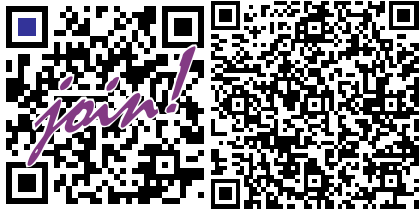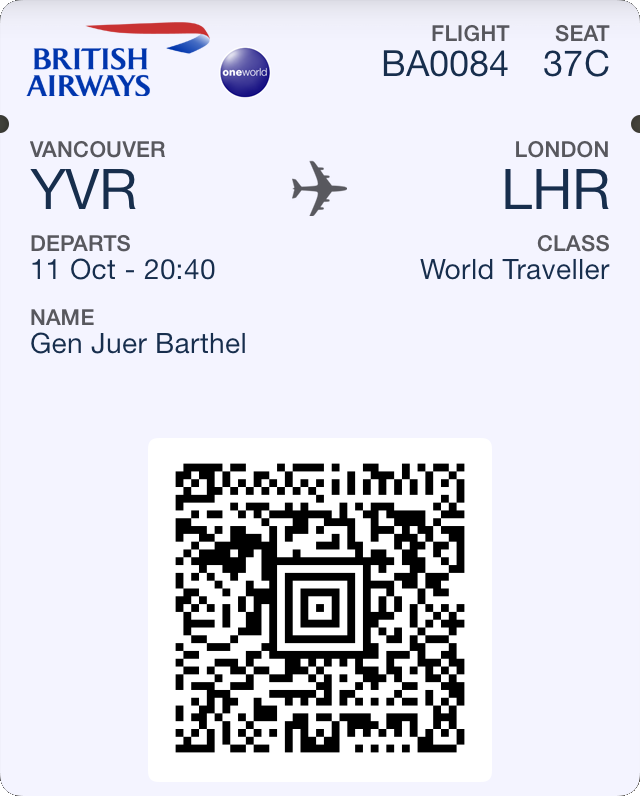How the smart phone changes my life – and will change yours if it hasn’t already…
First a quick review, how I got “addicted”… First Yulia “fried” the mobile phone that she brought from Russia. 2009, being the year the first real “smart phone”, the iPhone 3(GS), hit the German market, it was virtually impossible to get any other “smart phone” that would allow us to install and use the phone to write Cyrillic SMS – a must have for my wife. So I had the choice to order a phone from Russia – or get her an iPhone…
As she got the iPhone, I “inherited” her iPod (1st gen.) and started to use it. To read e-Books, to hear music, to go online and quickly check things, to do many things. One of the short-comings of that iPod was the missing camera, so I could Skype, but I could make no video calls at that. So getting the opportunity, I got myself upgraded to the (at the time brand-new) iPod 4th generation and started using Skype and do again many more things with it… No, I did not take an iPhone as – at the time – I had a dual-SIM-phone and appreciated the ability to have one phone for business and private. One major disadvantage remained – I needed WLAN to use online (= smart) functions… So when iPhone 4S came out, I had waited for iPhone 5 but decided to wait no longer… So here I was… Having predicted always onlineback in 2004 at my annual ASRA presentation about e-Commerce-trends, I finally am…

Another issue I mentioned in the last years was the evolution of RFID (Radio Frequency Identification), which is virtually the same as the NFC (Near Field Communication) that is expected to be part of the next smartphone generation. A sender transmits a signal that triggers the “passive” RFID chip. “Powered” by the radio waves, the otherwise “passive” RFID chip (where NFC may use “own” power) returns a given code, that can be used to identify the passport or ticket number, the suitcase’s ID, the frequent flyer number …

Receiving that RFID it is the server to be able to use and interpret these short codes. Following the Security by Obscurity-idea, such solutions increase the security, by removing unnecessary (and time-consuming) “checks”, bothering the passengers today.
One of the new apps (smart phone programs) I got was Barcoo, giving me information about products I saw in the store, identified by its barcode I scan with the inbuilt camera. And one of the more recent trends is the QR-code (Quick Response), the “next generation barcode”. Different from the good old barcode, the QR-code has the ability to contain more complex information, it can give you a simple URL (internet address), a vCard (virtual business card), event information (calendar data), WLAN access information, … Many, many possibilities! All you need is a smart phone, maybe a small “app” (application, a program) to interpret the QR code. To create one, go online, there are tons of generators around, many are free to use. Abusing the high quality error correction being part of the QR-code, you can even add a logo or icon to personalize it (which the scanner interprets as “faulty data”):


So airlines us QR-codes to manage check-in-data and get you your “online boarding pass”. They will use RFID and NFC to identify your suitcase, to identify your passport and it’s “public” data, check you in automatically, enable the lounge access and charge you directly and automatically over your phone in case you are not entitled for free access. A sticker at the entrance provides you with the current (changing) access code to enter the free WiFi, etc., etc. pp.
Now… Computer hardware looses about 50% in size every two years, doubling the capabilities in the same time. Only the necessary screen size today is an issue, why that technology is not (yet) in a watch – or any other “aesthetic” jewelry or gadget you may prefer.
iPhone’s Siri to me is still a female bitch. Usually she simply claims not to understand me… But as soon as that improves (and it will), you can have a small hearing device behind your ear to telephone. The microphone being a stylish necklace (or the entire thing a small headset). If you need to go online, you unfold an external flex-screen or put on some stylish sun glasses. You won’t need a mouse, as Siri’s grandchild will understand your wishes and/or your eye movement is tracked: “Blink to Enter”… Remember the Visa advertising?
https://www.youtube.com/watch?v=PQBEePXH-rI
What did they know 2000 about “smart phones”? Where will be in another 10 years?
Yes, please share your thoughts: For those who agree or disagree, it is the exchange of ideas that broadens all of our knowledge. [Richard Eastman]
Food for Thought…
![“Our Heads Are Round so our Thoughts Can Change Direction” [Francis Picabia]](https://foodforthought.barthel.eu/wp-content/uploads/2021/10/Picabia-Francis-Round-Heads.jpg)